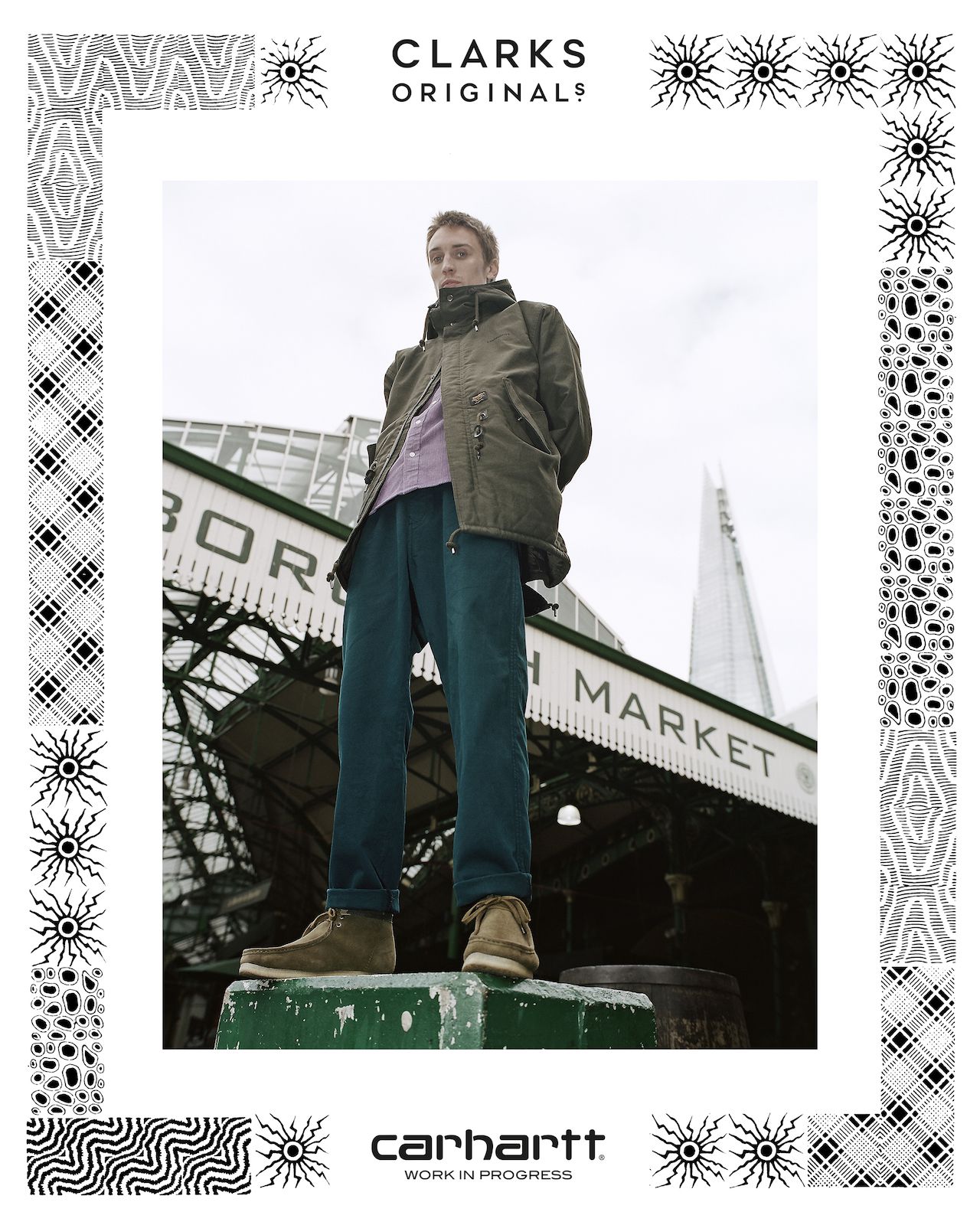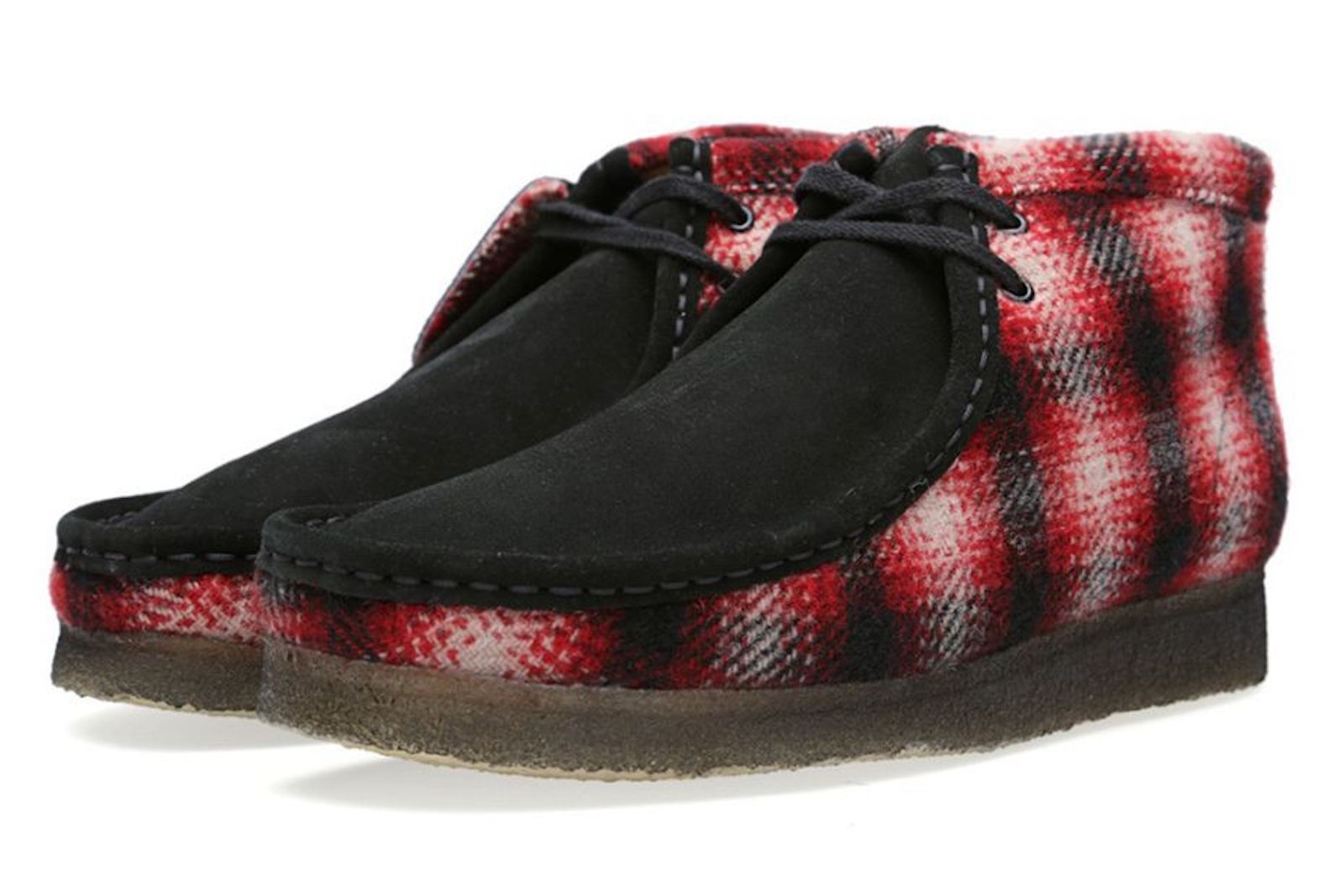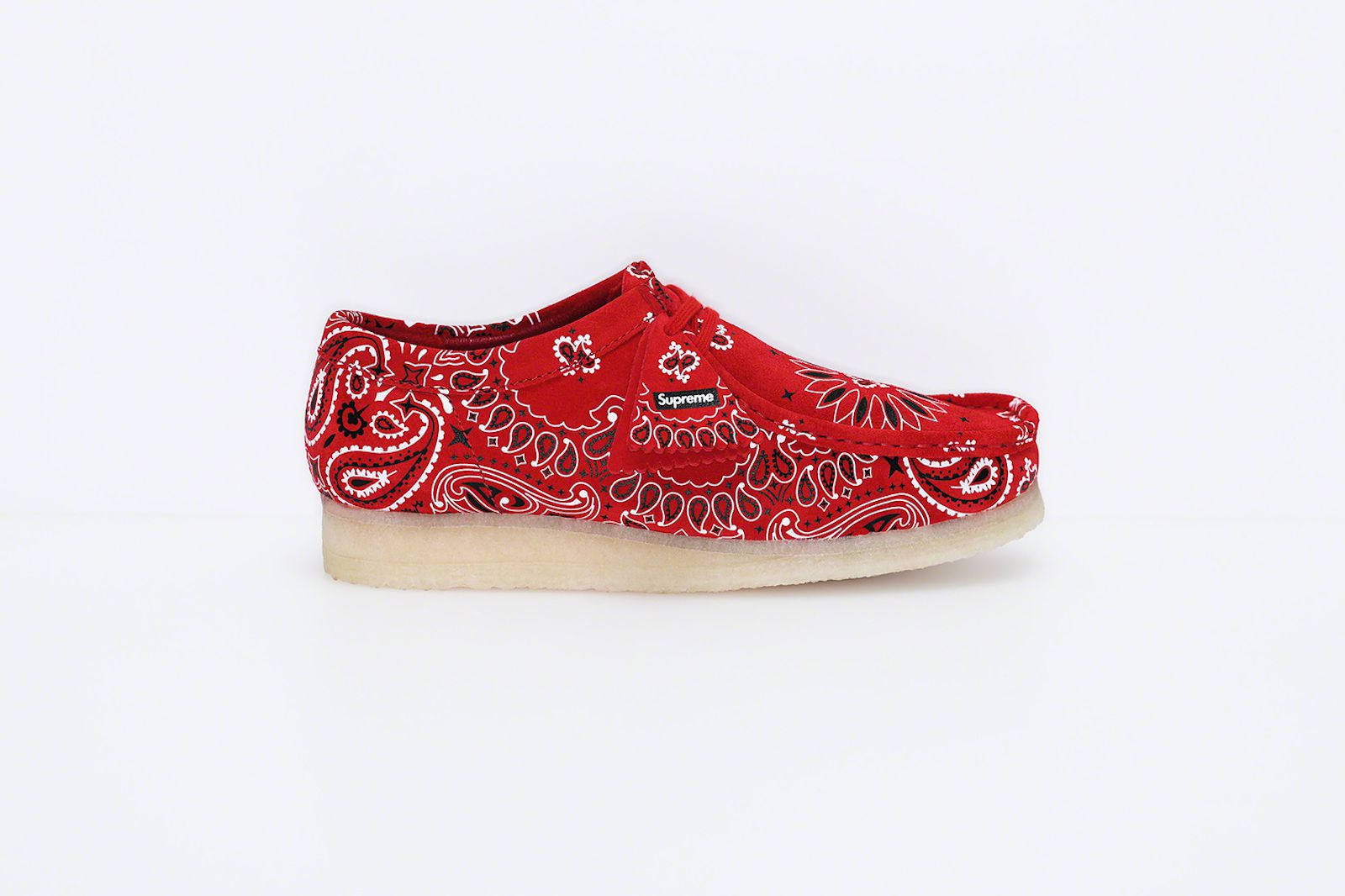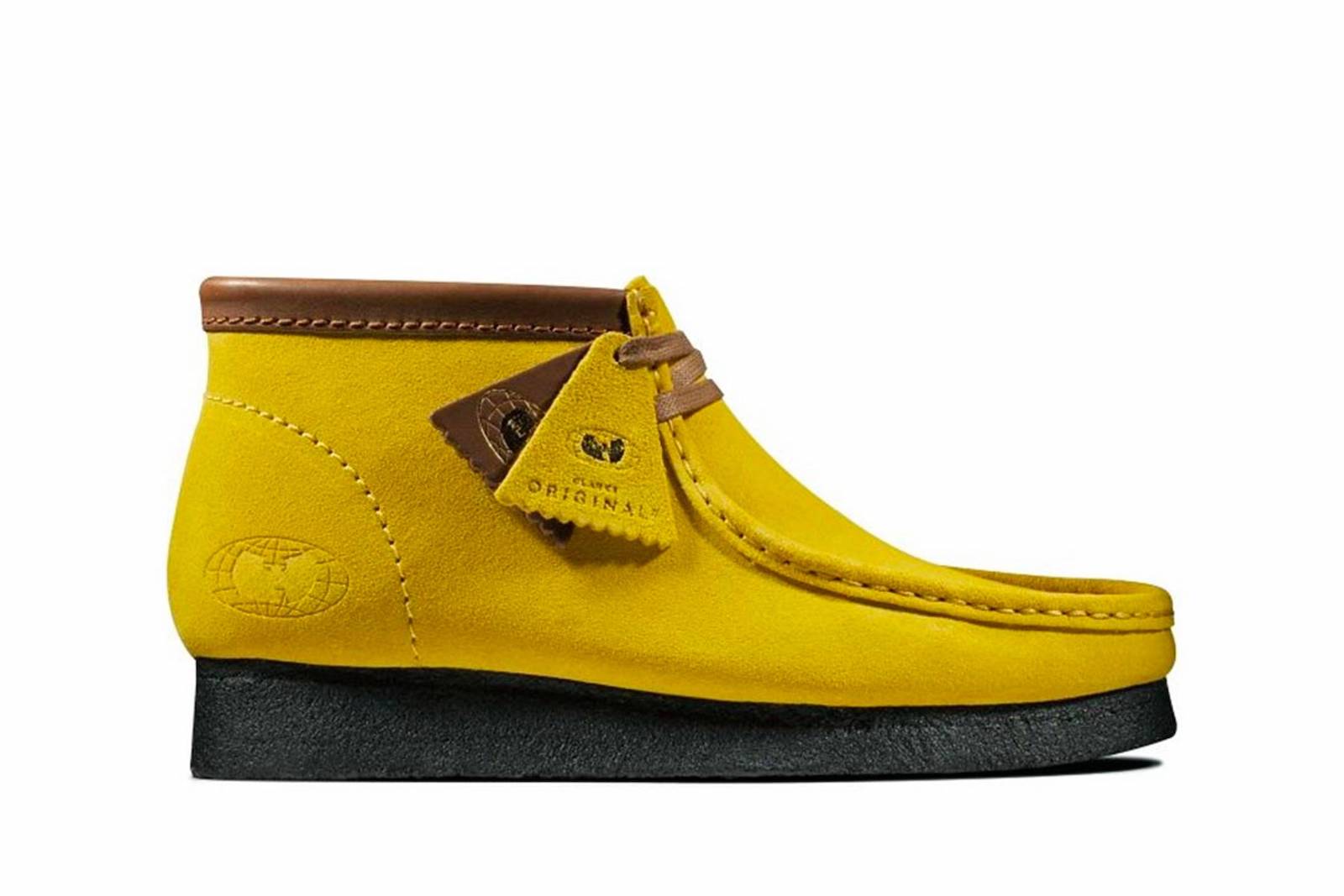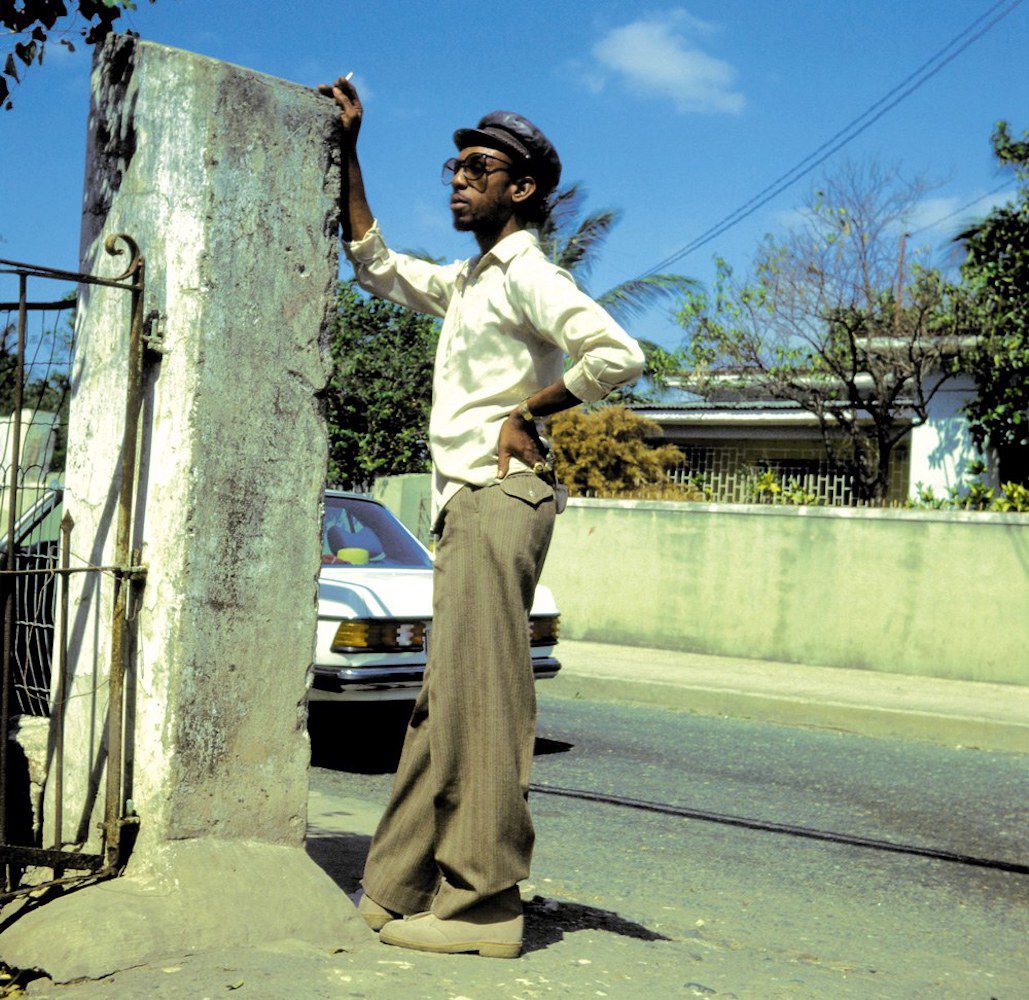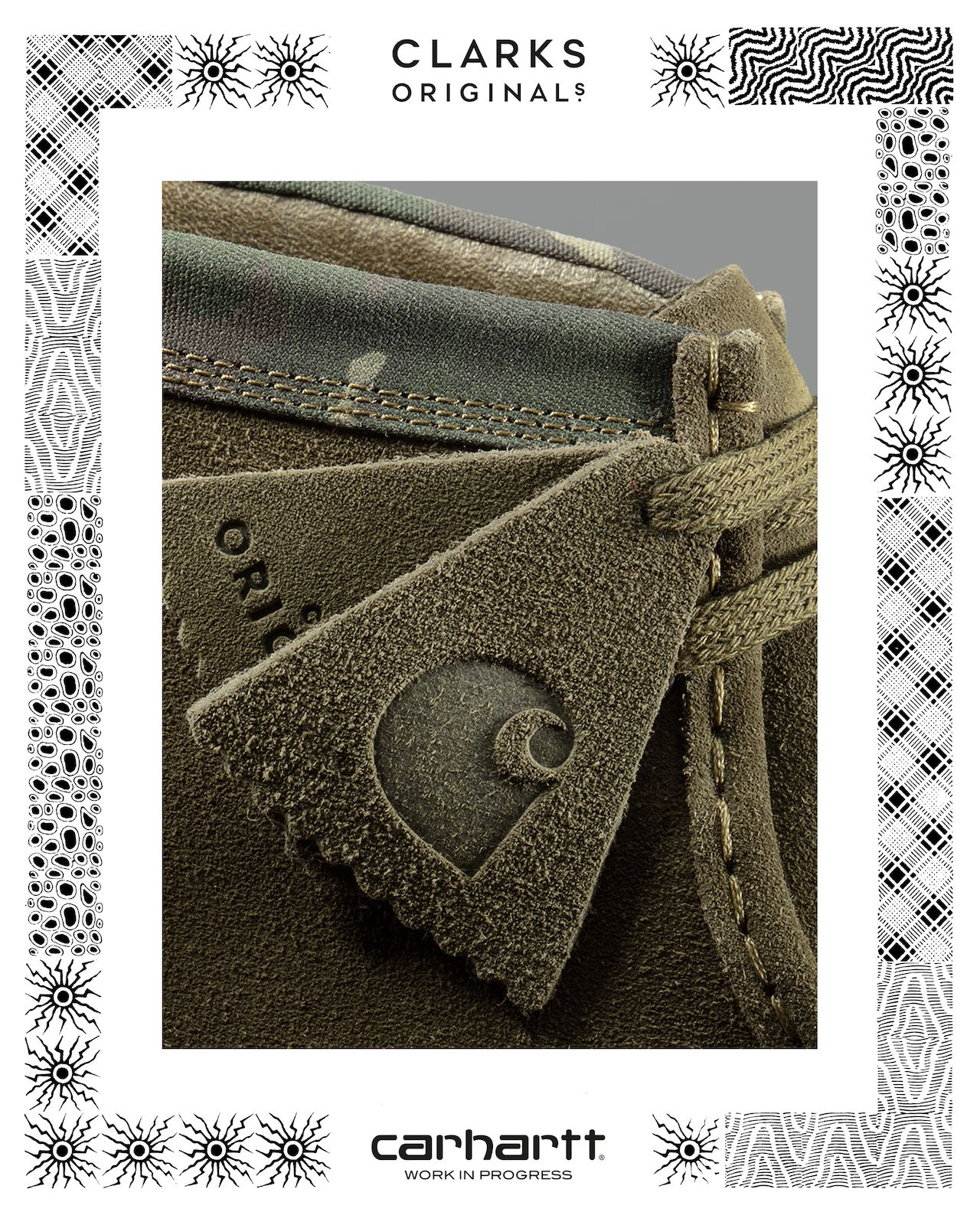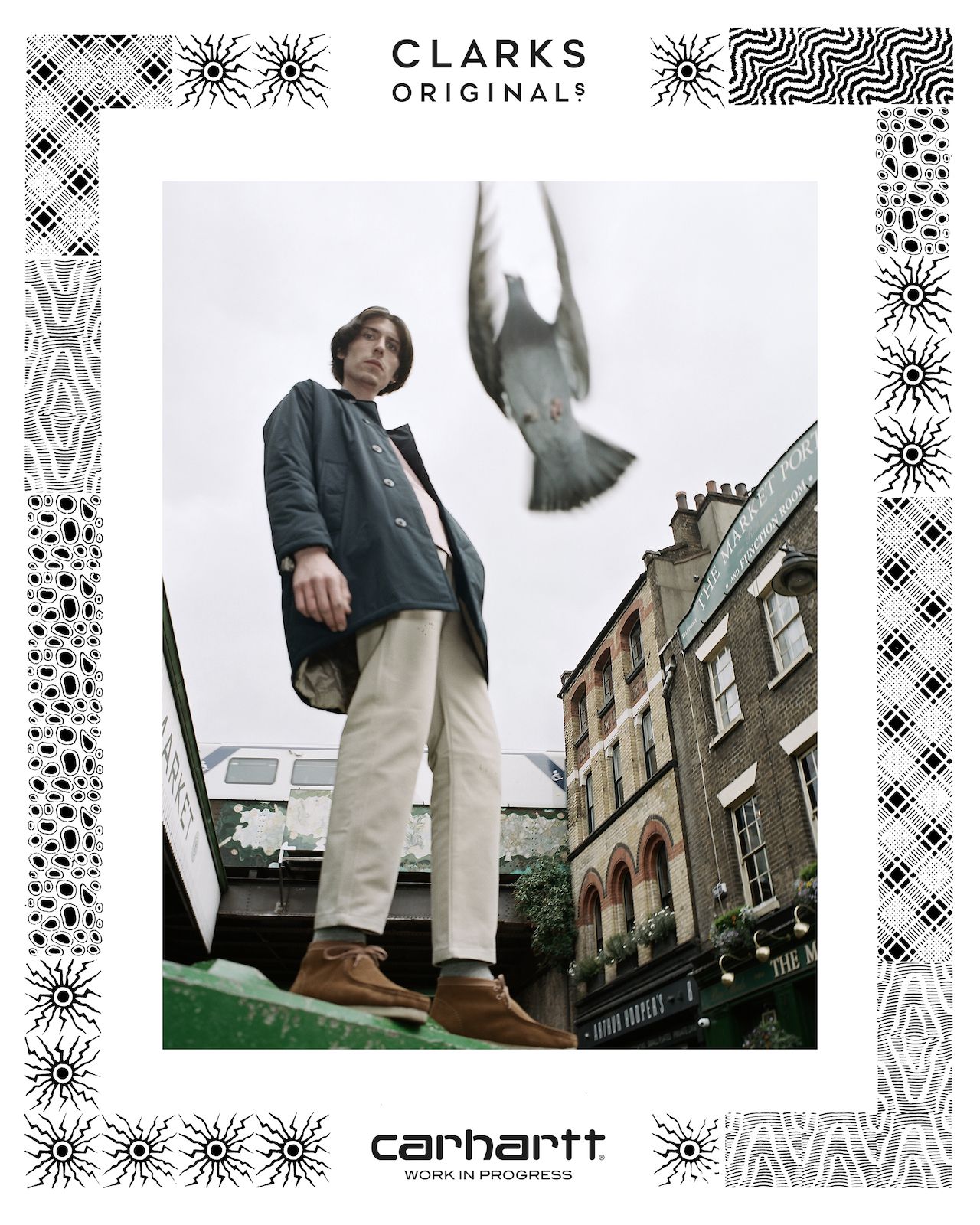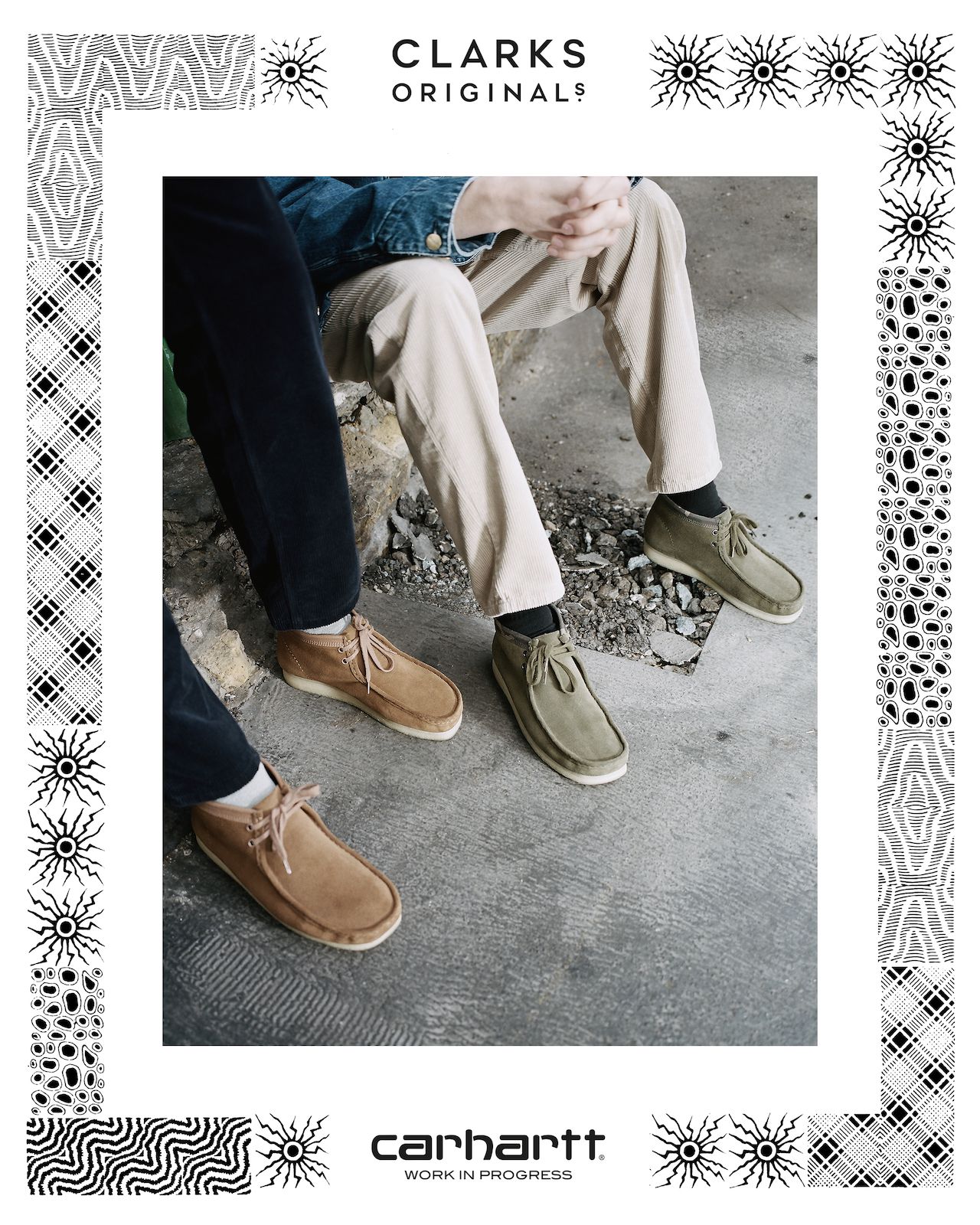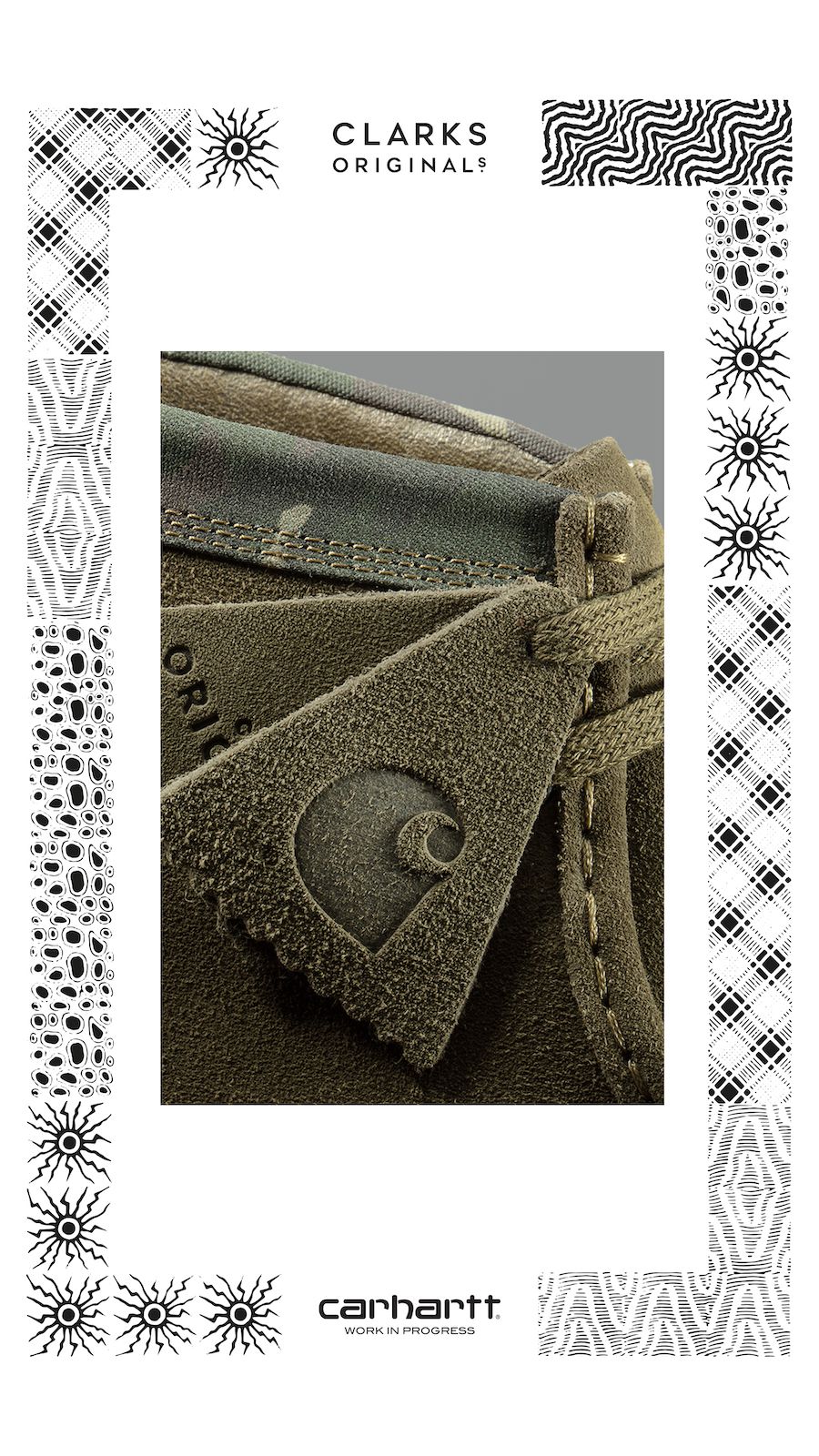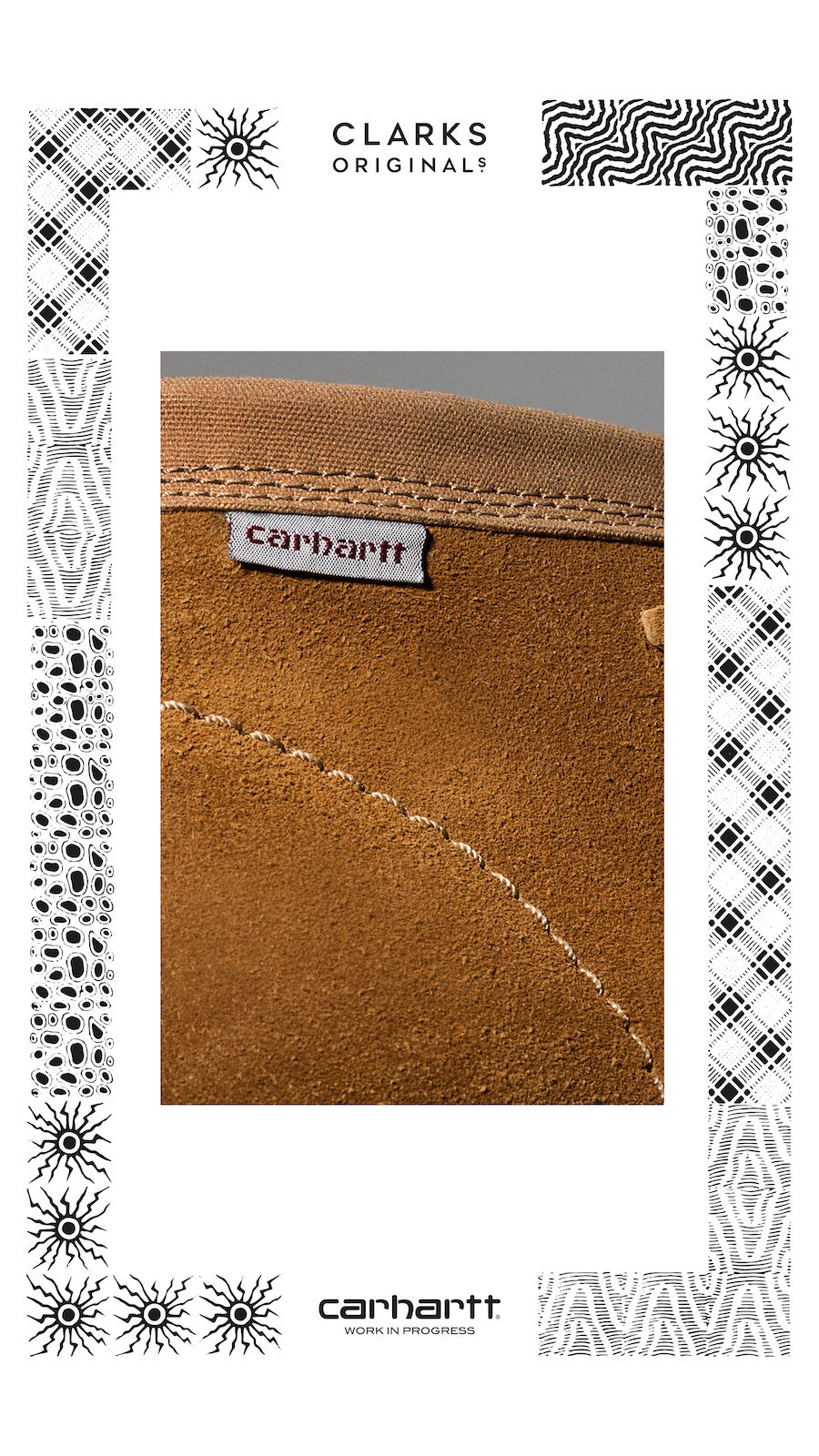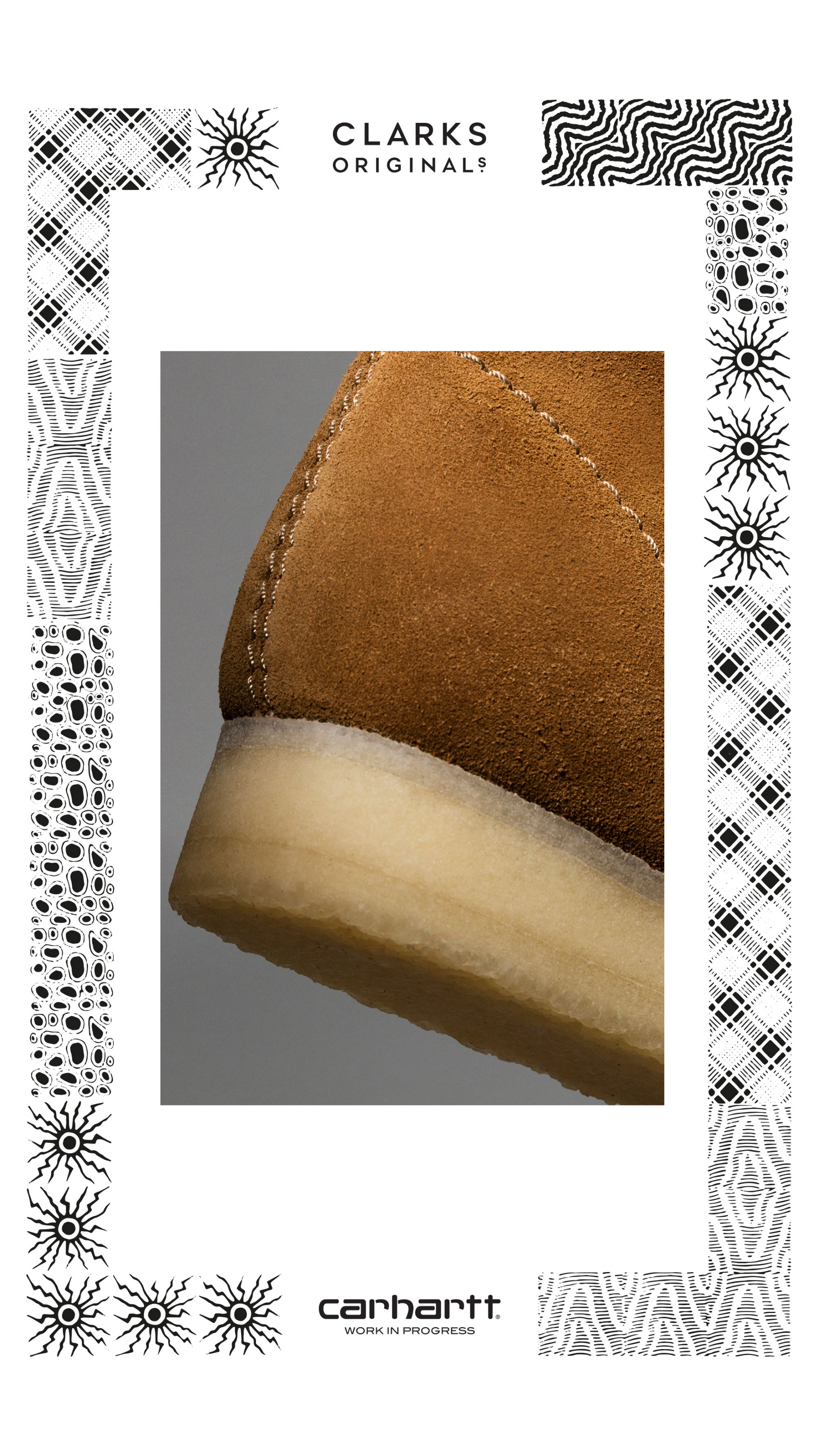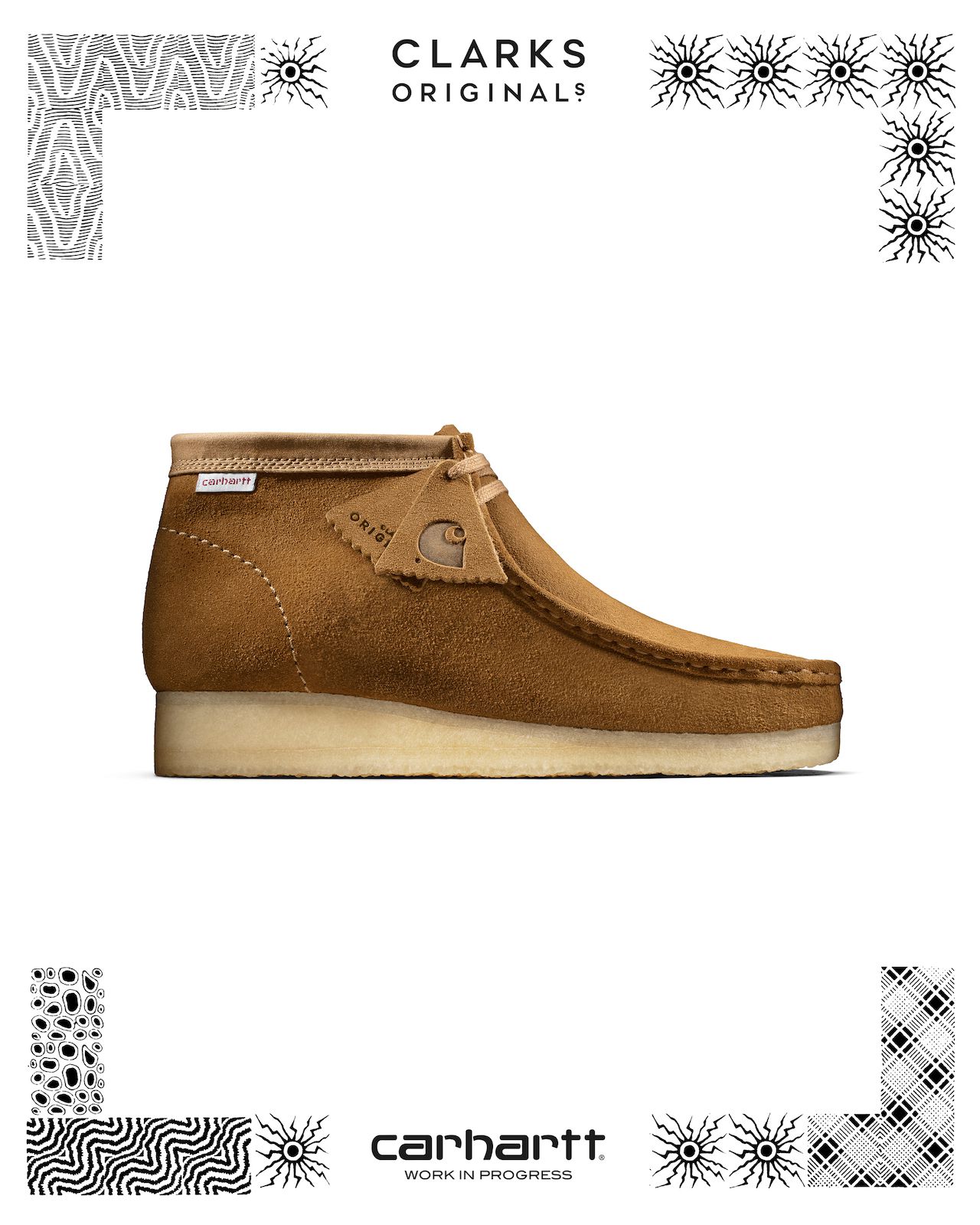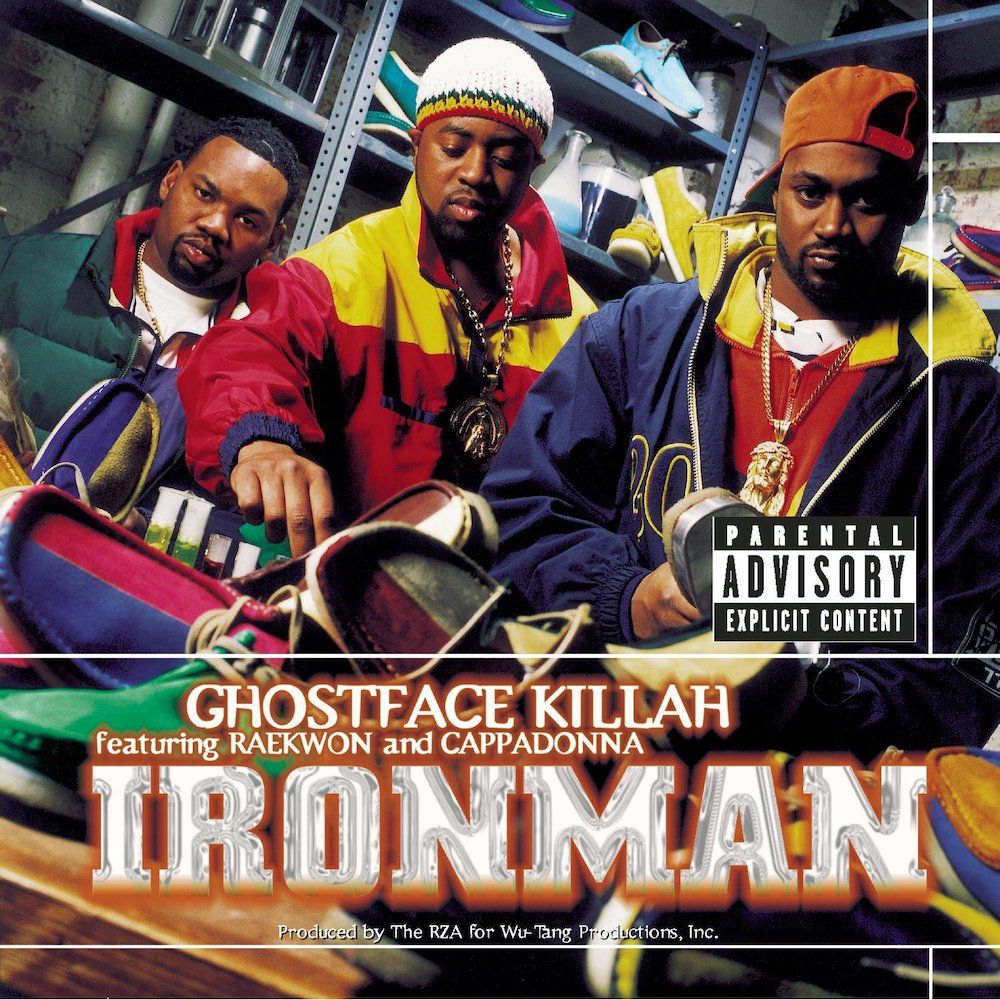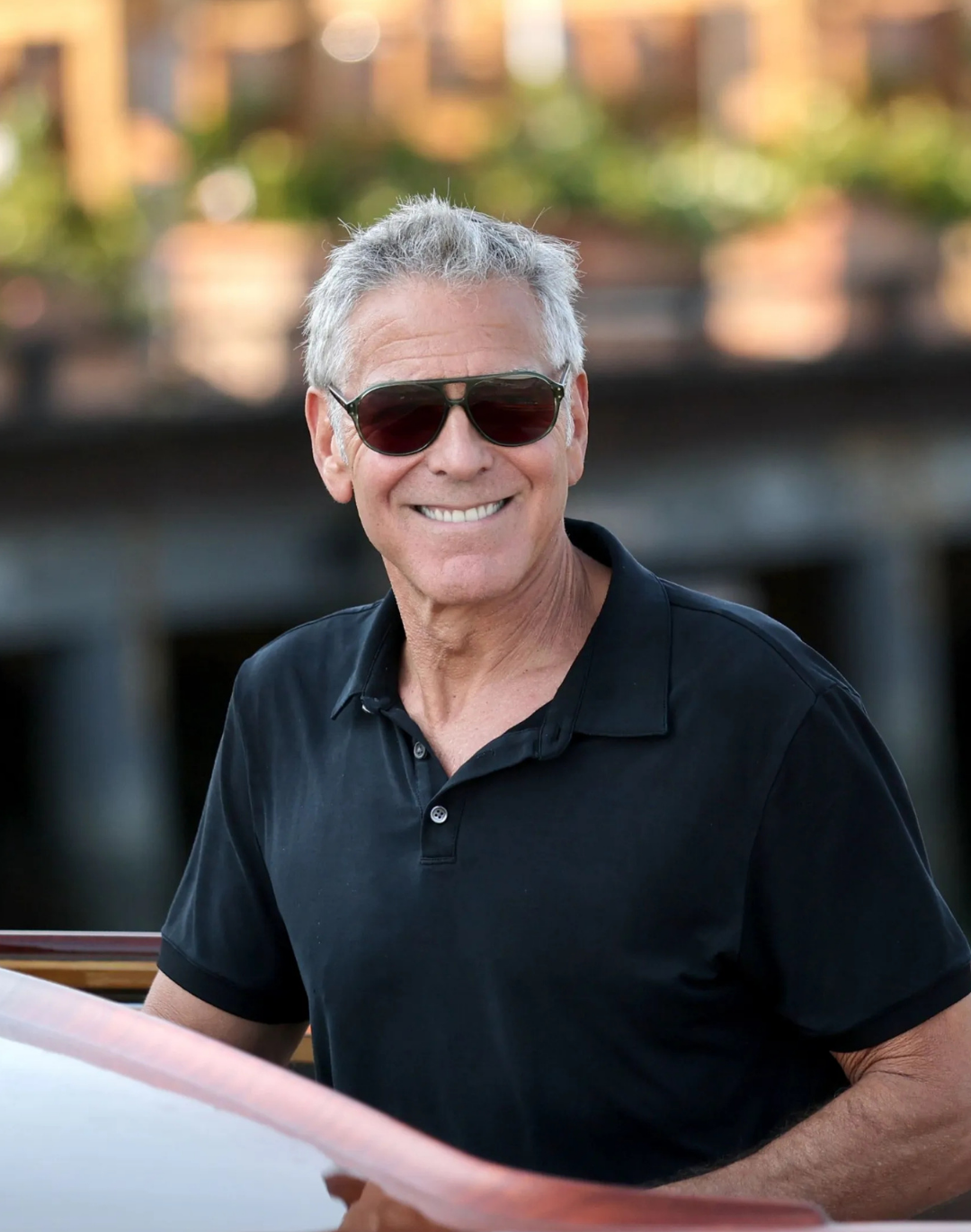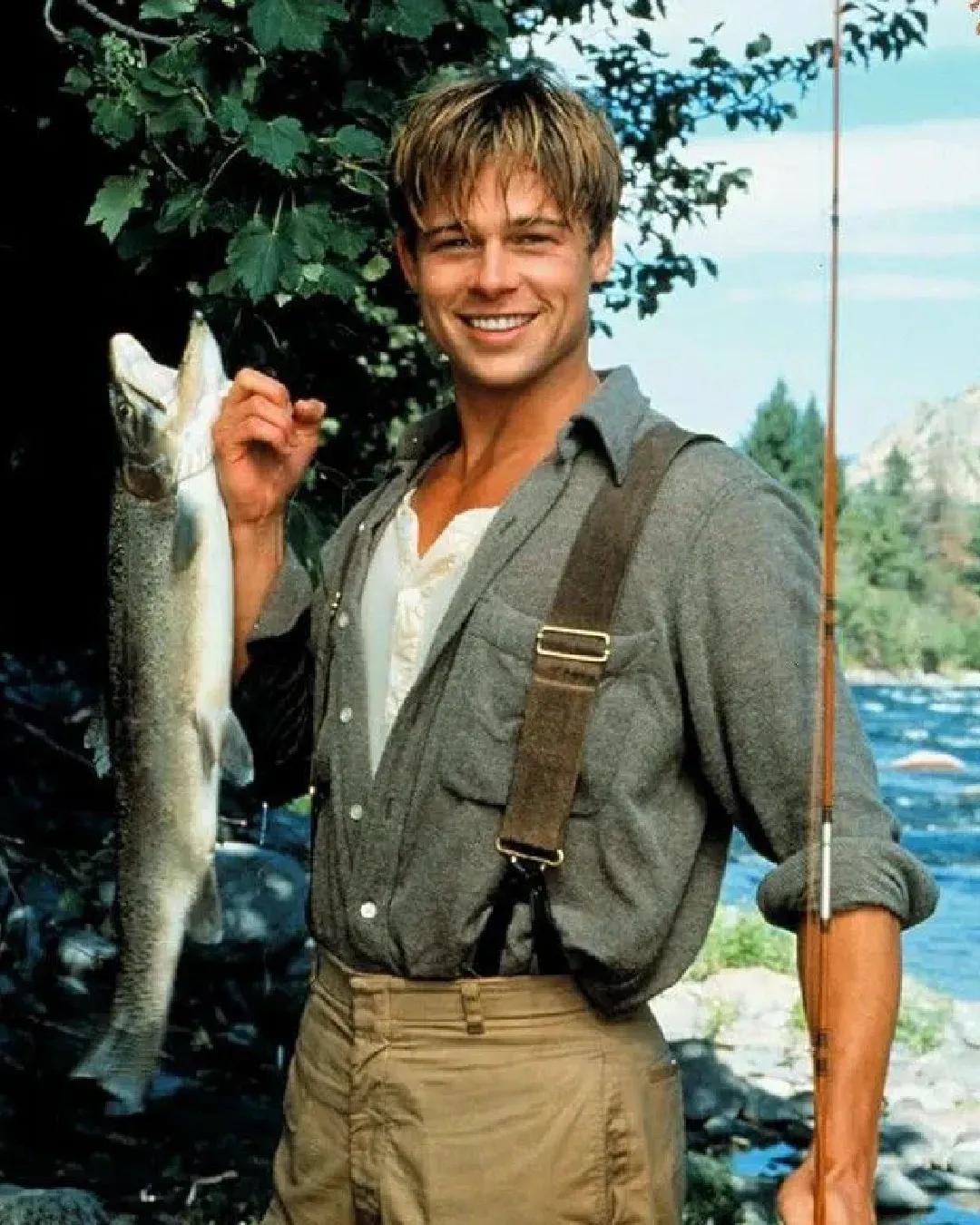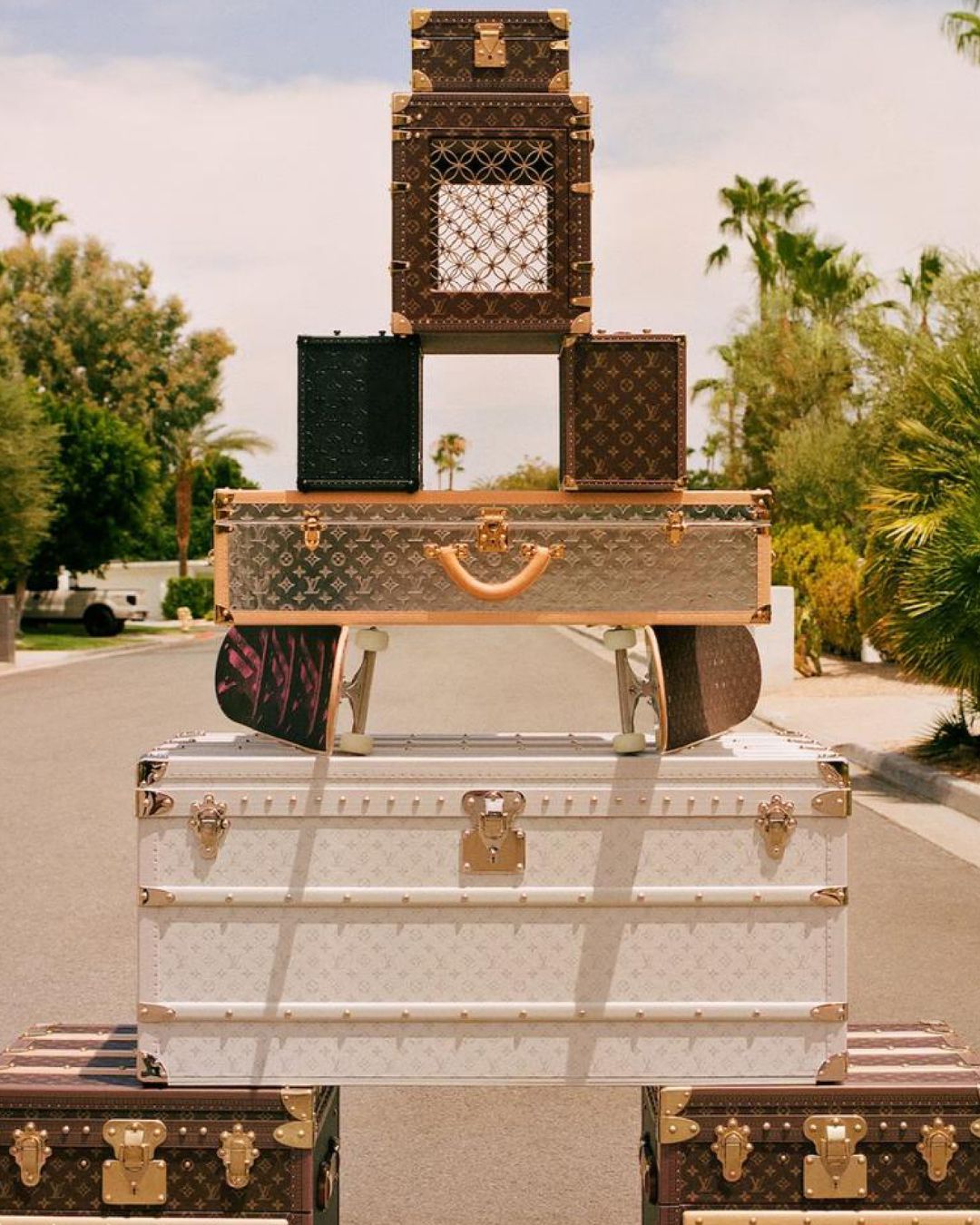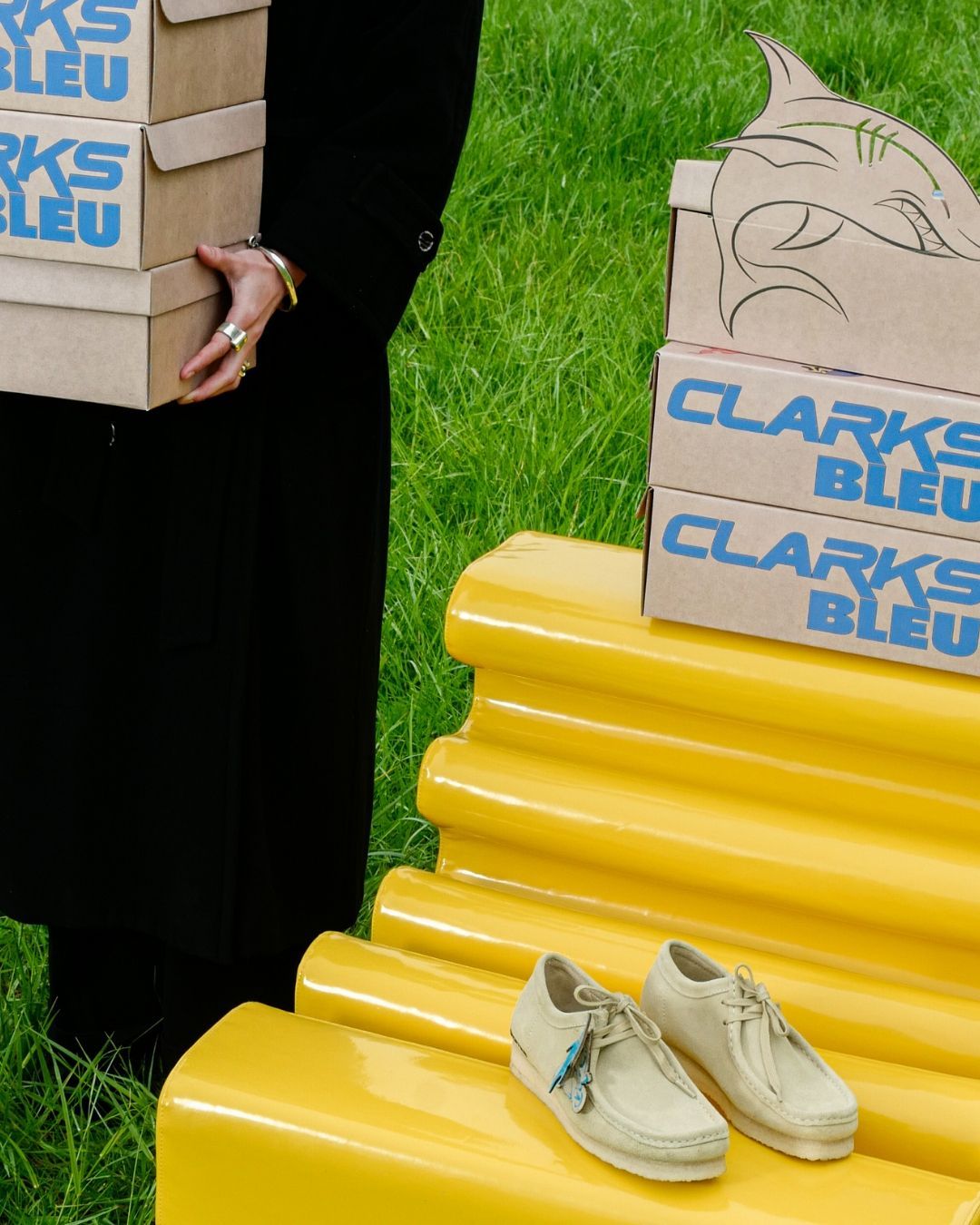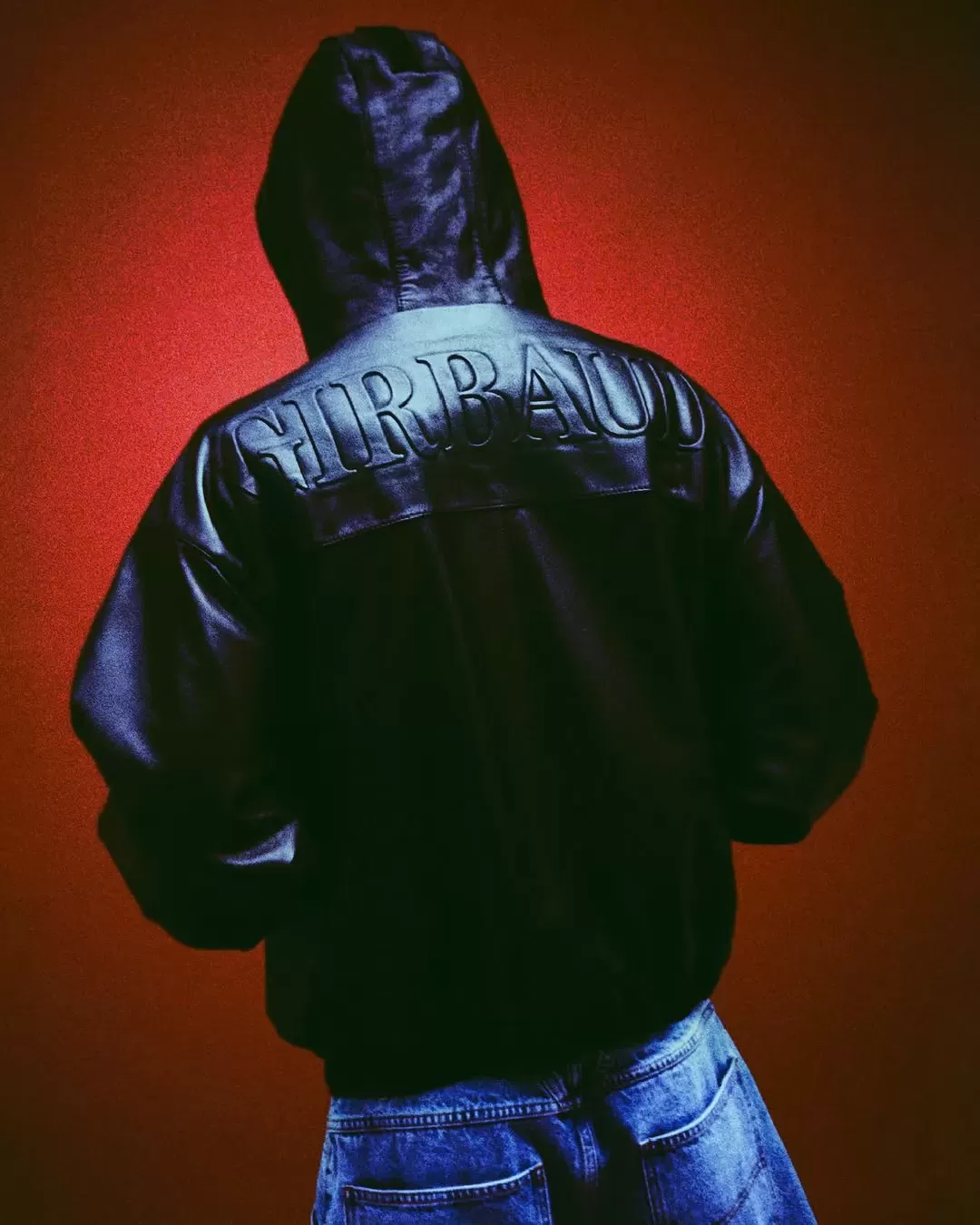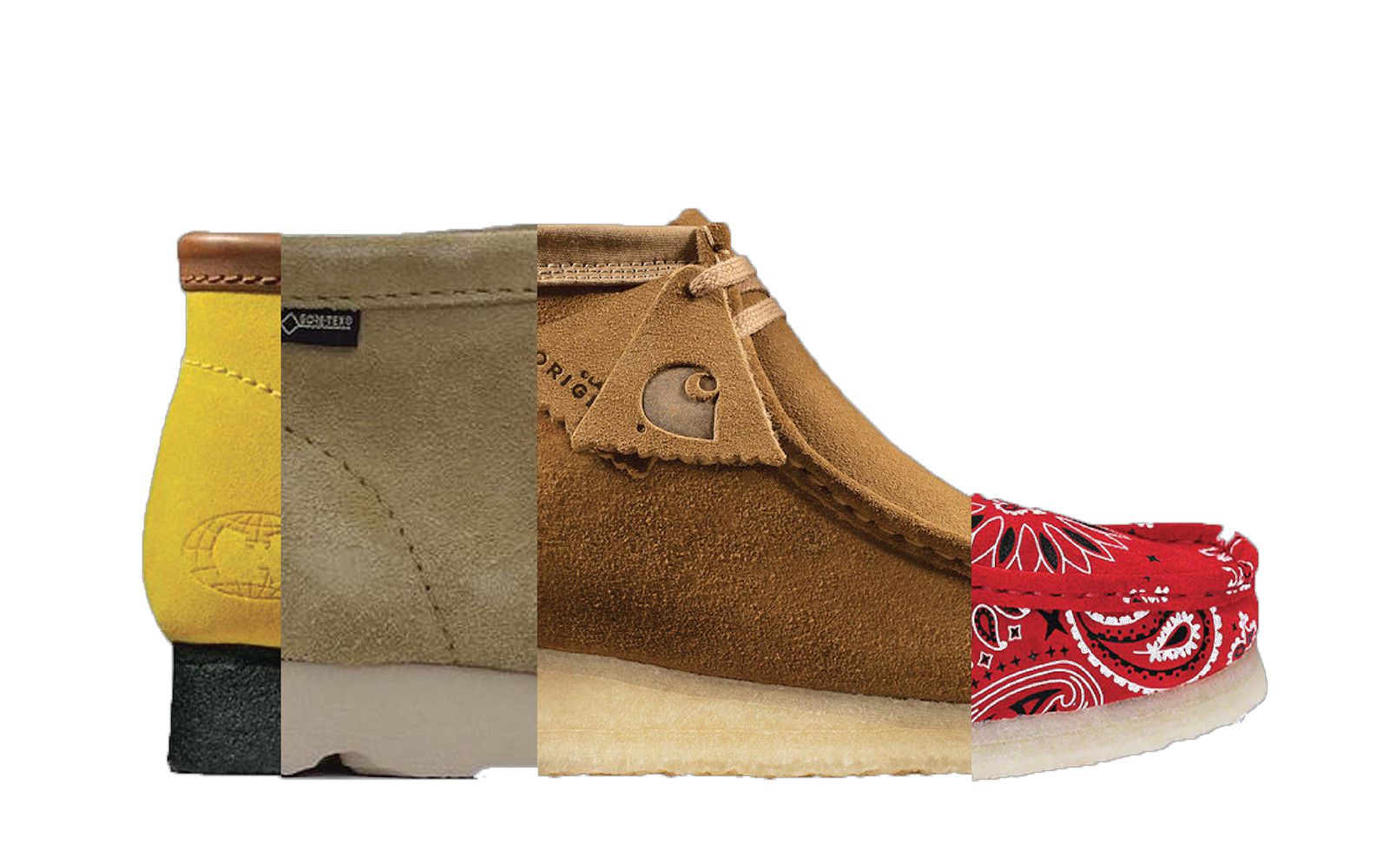
Clarks Wallabee boots: the shoe of your grandfather and of Wu-Tang For the FW19 Carhartt has bet on the model loved by Britpop singers and the East Cost rappers
On the launch of the FW19 collection, Carhartt WIP presented the collaboration with Clarks, proposing one of the symbols of British footwear: The Wallabee Boot.
In 50 years of history, the moc-toe shoes have been the bridge between casual style, suitable for old man and children and the youth subcultures of the 70s, 80s, and 90s. Throughout the decades it had become a style icon, from the Jamaica Rebel’s of Reggae music to the Britpop of Oasis and The Verve, but also in the Hip-Hop culture with the Wu-Tang Clan.
The same structure has been maintained over the time, the minimal silhouette, the Crepe sole and the upper suede of Charles F.’s tannery, it’s like it hasn’t been touched by the modern ideas of style.
The collaboration with Carhartt is a sign that the Wallabee doesn’t preserve only the old-style, but it is still a possibility for brands of different nature than Clarks to be seen as something new.
It is an addition to the Carhartt’s military-style, but moreover, the Wallabe has been an inspiration for brands like Woolrich, Gore-Tex, Beams, Dries Van Noten and more recently Supreme, who dropped a red model with a bandana motif that perfectly explains why the thread between Clarks and Youthful rebellions hasn’t broken yet.
In the early 1960s, around Kingston and throughout Jamaica, a Youth Movement was formed and they did not share the cultural momentum of the country. Their activities, mostly violent, were accompanied by a specific style, inspired by the sartorial clothing of England, and linked to music genre like Ska, Reggae, and Dancehall.
The Rude Boys initially adopted Clarks’ Desert Boots as a symbol, until they were banned by local police as a synonym for criminal activity. In 1967, Clarks created the Wallabee Boot, an evolution of the moccasin combined with the Crepe sole invented by Nathan Clark in the 1950s, which has been used in the new models of the FW19 collection.
At the same time, the shoe spread in England and became a symbol of anti-conformism for a generation of Mod and Beatnik or anyone that wanted to be recognized as the creative intellectual who read Kerouac and listened to The Who, The Jam and Kinks.
From creative to anti-heroes, the Wallabee began to be worn more and more as a status symbol, and along with the Rude Boys tapes, it reached, in the 1980s, the East-Coast and South Bronx.
The photos of the Wu-Tang Clans of the 1980s wearing the Wallabee took out the casual connotation to the boot and made them a symbol of the new-born Hip-Hop culture.
The Jamaican influence in New York’s rap scene brought not only new sounds but also a modern idea of coolness, like the Kangol Hat worn by Biggie, MC Shan, Missy Elliott and Samuel L. Jackson in Hollywood.
In 1993 the Wu-Tang debuted with their first album Enter the Wu-Tang (36 Chambers) and each of the members wore a model of Wallabee, which became the trademark of the group. In the single Gravel Pit, included in the album The W (2000), the Wu-Tang sings: "Follow me, Wu-Tang gotta be/ the best thing since stark and Clarks Wallabees”. A few years later Ghostface Killah, a member of the clan, will also release a solo album in 2008 entitled The Wallabee Champ.
The Clarks’model born as an upgrade of a soldier’shoe has maintained the link with hip-hop thanks to artists like Drake and Kanye West, who used to wear Wallabees before the Yeezy chapter. In the 1990s, the bond between the Wallabee Boot and England also strengthened, popping out at the feet of Richard Ashcroft on the album cover of The Verve, and in the first shot of the Bitter Sweet Symphony video.
The writer Al Fingers, in 2012, described in the photo book of Clarks in Jamaica, the importance of Clarks as the development of the Jamaican aesthetic. From Rude Boys to the Mods and the rappers of the Bronx, the Wallabee has marked the birth of subcultures for the past 50 years. In recent years, Clarks have gained the merit of making the same shoes of ’67, and besides the widespread use and shape, that still recalls your grandpa’s outfit, the Wallabee has not yet reached a point of saturation.










































